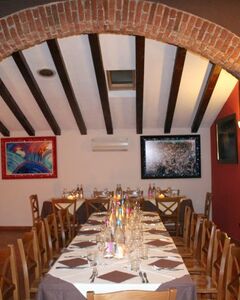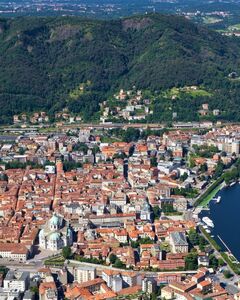
monuments near Camping La Breva

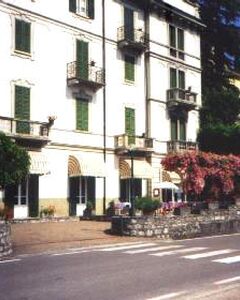
Our family run Restaurant is beautifully situate facing Bellagio and only a few minutes from the 18th century Villa Carlotta, from the Boat and Ferry Landing Station. With its romantic ambiance, our 19th century restaurant opens onto a large terrace...

A welcoming environment where you can enjoy traditional dishes and specialties of Lake Como, accompanied by carefully selected fine wine and great music to brighten your experience. Visit us to rediscover the pleasure of going out to eat....

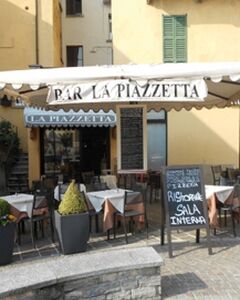
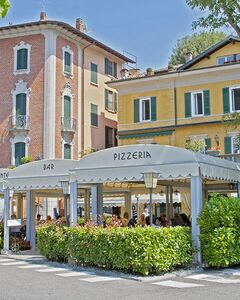
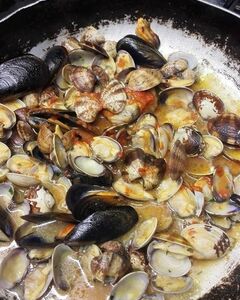

Excellent Pizzeria Our restaurant is also a pizzeria with a wood oven, our pizza is very good, come and try it. By appointment, are welcome, large groups, prepare quality menu and we can offer fast and cared for. Terrace overlooking Lake Rooftop...
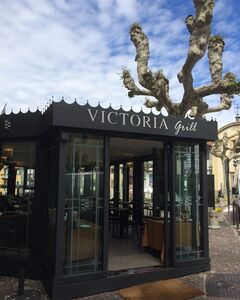
Completely renovated during the period 2012/2014 to bring novelty, elegance with the same traditional quality of our products. It has an indoor and an outdoor covered area in the central square of Varenna. An ideal place for a business lunch, a...
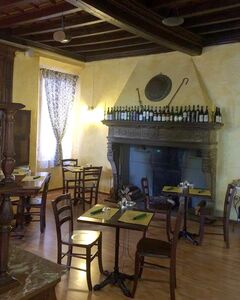
Charming restaurant that delivers on a number of tasty meals. Well reviewed and recommended....
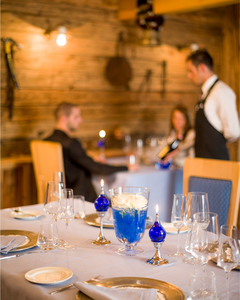
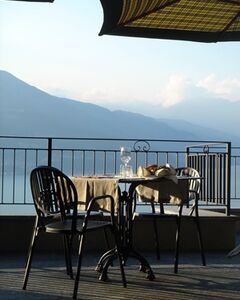
The CROTTO di GITTANA is a flexible structure ideal for small banquets, meetings, parties and ceremonies, offering a wide range of services. There is a private parking, ample and free. Our kitchen has the honour of hosting cooking classes by Chef...
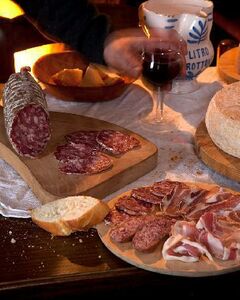
In the hills above Dongo there is this historic wine cellar or cave that dates back to the fifteenth century where they always kept the good wine and typical local cheeses such as semuda, salami and local baloney in a natural constant temperature....

Comfortable places, courtesy, kindness and of course an excellent homemade cooking: these are the ingredients of our restaurant! We will welcome you at lunch and dinner to make you try the delicious recipes of our Chef Maurizio or one of our...
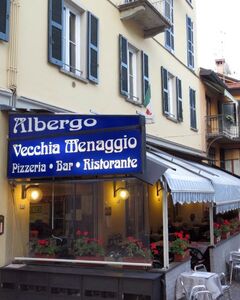
The hotel is located in the village of Menaggio, centrally located, just a few meters from the lake. Home cooking with specialties of seafood and game. Our pizzas are handled directly by the pizza maker with European and international specialties....
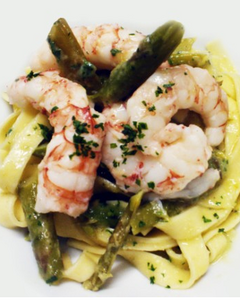

Few places are as romantic as Bellagio, called the Pearl of Lake Como, the world of beautiful landscapes of mountains and lake; where we find the restaurant the Busciona; perfect place to enjoy peace and tranquility. The restaurant has in its menu...

The restaurant is located directly on Lake Como from Bellagio's lakeside promenade a short distance from the ferry and taxi services on the boat. From the covered porch and the shady garden at the lake you can enjoy a magnificent view of Tremezzo,...

Easy environment, modern and bright; summer with outdoor garden, overlooking Forte Montecchio. Our strong point is the rotating wood oven. 20 pizzas in less than three minutes !!!!!!!! We offer our customers (lunch and dinner) a wide selection of...

In the high branch of Lake Como in the hills above Dongo there is the Trattoria Crottone, historic winery that dates back the XV century, where they were always kept the good wine and local cheeses like Semuda and salami and mortadella nostrani to a...

The overlooks the lake of Como in front of the Bellagio's Villa Serbelloni. The quiet and familiar atmosphere, the service friendly and always accurate will make your stay very pleasant. Our chef Antonio and his team are devoted to the preparation...
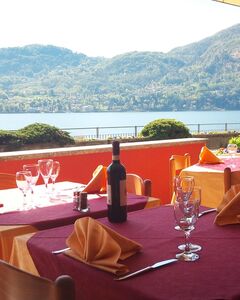
Among the hills and the villas of Lake Como, Rodrigo Restaurant is located in a wonderful location on the shore of the lake. With a beautiful terrace in front of Bellagio, surrounded by mountains Larian, from which you can enjoy lovely views over...
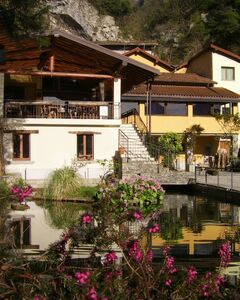
Once upon a time ... .The Mill Bigio, so his name was long, long ago, the building located in the town of Ossuccio to the right of the stream Perlana, at the foot of the Sacred Mountain, bought in the sixties by a young married couple , "the Orlando...
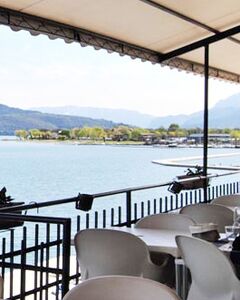
La Canottieri is a charming corner of Lake Como. The resto-bar serves hearty breakfasts and aperitifs. It operates a service catering with sandwiches, hot and cold dishes and a wide selection of pizzas. It operates a service catering with...
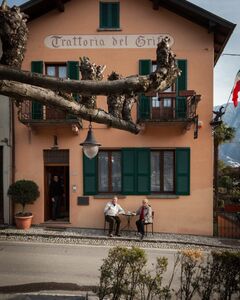
La Locanda Grifo (also known as the "Trattoria del Grifo" or simply "The Griffin") is a typical restaurant of Lake Como and has a centuries-old culinary tradition, passed on from generation to generation. Home-made specialities are: “arborelle in...
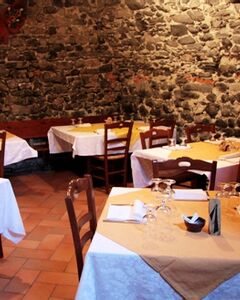
Just steps from the Piazza and Lake Lenno is the # 1 Osteria. The kitchen offers both specialty, traditional, typical local dishes of both land and sea, most wanted, thanks to the creativity and all 'international experience of the chef Adriano .....

Albergo Lario is located on the northern tip of Lake Como in the quaint village of Gera Lario, the most northerly village on the lake. Discover Italian cuisine that includes fresh home made pasta, meat and fish dishes that include a number of Lake...

A breathtaking view awaits you: from our terrace overlooking the lake, you can relax and spend pleasant moments, gustarti delicious berti or a drink. An old folk tale tells the story of Antonius de Phicani, called Ficano: squire narcissus, perhaps...


Savour the excellent cuisine and enjoy an unforgettable time on Lake Como. The residence has been recently restored and offers refined surroundings and beautifully appointed apartments in the heart of village Gravedona. A large Pizzeria &...

Hotel Restaurant Azalea, located 100 meters from the famous "Villa Carlotta" in Tremezzo in Tremezzo town center "Lario". It has 9 rooms, all with lake view and a restaurant, where you can taste the delicious local and international cuisine....
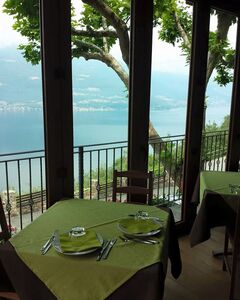
Crotto di Biosio is located just outside the village overlooking the Como Lake. In summer, our terraces are the perfect place where have dining and enjoy the fantastic landscape: a wide view of lake and mountains. Behind the dining rooms there is...

Albergo De Jean Restaurant is located in Garzeno is a small mountain village in the province of Como, in the Lombardy region, has more or less 900 inhabitants is one of the smallest municipalities in the province of Como. Garzeno, 662 meters above...
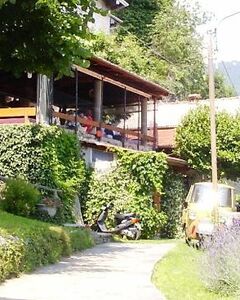
Crotto of the Camellias, located in the historic village of Stazzona, Vanzonico, offering a kitchen where genuine homemade polenta uncia becomes the main attraction. The hospitable atmosphere surrounded by nature hills will make you rediscover the...

Restaurant on the lake with a large terrace with beautiful lake views featuring specialties of the lake and Valtellina....

Restaurant La Baia (La Baia means ‘The Bay’ in Italian) is located in the picturesque village of San Vito – Cremia on the shores of Lake Como. It offers an enchanting panoramic view of the lake and The Alps that you can savor while you enjoy our...
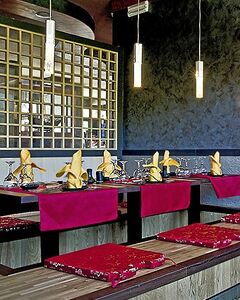
Sushi Genkai is located in Colico (LC) Via Nazionale, 105, a few steps from the waters of Lake Como. Offers the best Japanese cuisine in a modern and created to accommodate the customer looking for a moment of relaxation and enjoyment, in the sign...
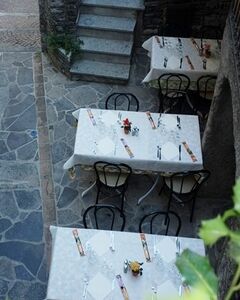
A few kilometers from Lake Como and a few hundred meters from the Castello di Vezio, the restaurant "Il Portichetto", opened in April 2004, combines the warmth of welcome. The vegetables are seasonally harvested from our garden, the meat comes from...
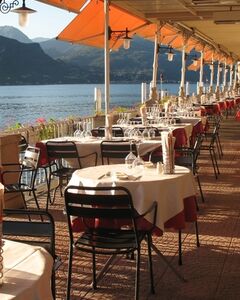
Whether you would like a formal reception, a more informal buffet or a romantic dinner “au bord du lac", our romantic and enchanting venue, the grand dining room which opens up on the enchantment of the lake, the very good cuisine and the unique...
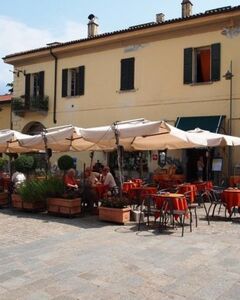
Portovino is the place where you can taste, savor, satisfy your hunger and satisfy the palate. The commercial activity of the family Cornaggia began in 1945 and before becoming restaurant was gastronomy with bakery and wine shop. Besides a wide...
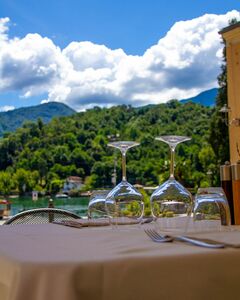
Trattoria Santo Stefano is a historical restaurant laid down along the shores of Como Lake and is located in the old town center of Lenno, a popular resort on the lake known thanks to the extraordinary beauty of the landscapes and the famous Villa...

The inn comes by the desire of our father Giacomino who as a child dreamed about the creation of a restaurant in the uncles’s wood, a place with a spectacular view over Bellagio. When he was a boy started to built it by himself during his leisure...
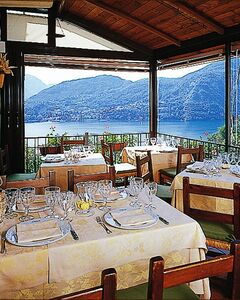
Since 1974 two generations of typical and authentic Lake Como cuisine located in a quiet hamlet a short distance from the lake. The restored stone building with a small terrace and splendid view of Lake Como provides an authentic and rustic...
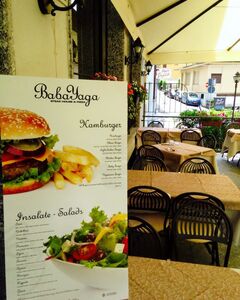
Family-run restaurant and Pizzeria. Located in the characteristic historical center of Bellagio, with a wide selection of pizzas, succulent meat dishes. In the heart of the old village, just steps from the Basilica of St.Giacomo and near the pier of...
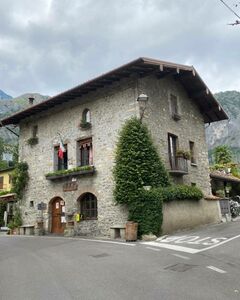
Get off the beaten path! Only a 10 minute walk from the Ferry Terminal in Cadenabbia, the Bar Pizzeria La Torre San Martino is the ideal place for those who want to taste an excellent pizza, from the simplest to the gourmet. You can taste them in...
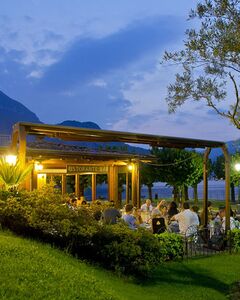
The restaurant is located in a panoramic position with wonderful view of the three branches of Lake Como, in a charming setting surrounded and embraced by a colorful garden. It is an ideal place for romantic dinners or light lunches in the...

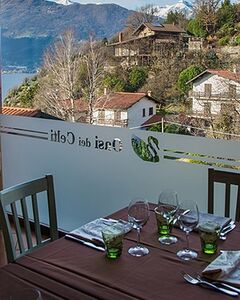
Rosa dei Venti is located in Dorio, offers its customers an exclusive and sought after, with beautiful landscapes and views of Lake Lecco / Como. Ideal to spend relaxing moments and taste. We are positioned in one of the best areas of the lake, with...
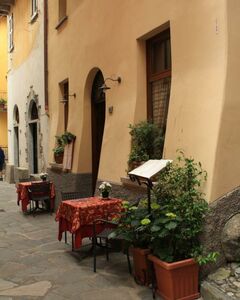

Located in Bellagio old town center a few steps from the main hotels and shops. Terrazza Barchetta offers you unique high quality services: the restaurant with its typical dishes based on lake fish and italian kitchen, the dining options for a quick...
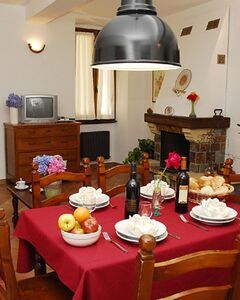
The menu is completed with the offer of traditional regional dishes and sweets homemade, proposals made with raw materials from local farms and local producers. The "Mella" has always maintained its typical housewife. He also sought to diversify the...
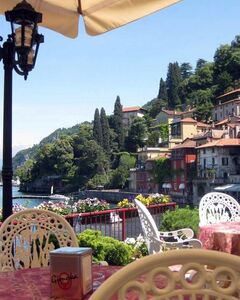
Located in front of the lake with an outside terrace, equipped with an air-conditioning system for the summer months. So even on the hottest days, you’ll be able to come and cool off at our bar while sipping an ice-cold drink in the fresh air. Hot...
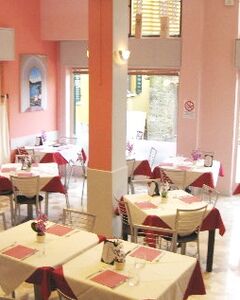
Our table offers a wide choice of dishes, from classic suggestions of international cuisine all'intramontabile pizza. Each dish is prepared with fresh ingredients and carefully selected among the best retailers and producers in the area. Our...

Found this beautiful place in the mountains of Plesio, we have the opportunity to continue with the tradition of our family and to welcome you in a warm and nice to offer, always with the help of our father, the best of our cuisine. The love for...
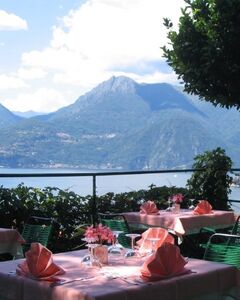
Welcome to the Crotto di Pino Restaurant specialised in grilled food. It represents the ideal solution for the one who looks for the good tastes of the traditional kitchen. It offers a pleasant and calm atmosphere where you can spend a romantic...
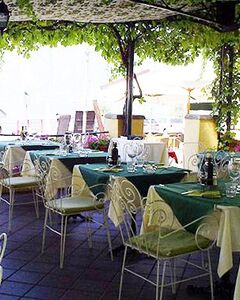
The restaurant "Cavallino - Trattoria fishermen" offers a wide choice of fresh lake fish, because fish from us daily. The restaurant has indoor rooms and a terrace on the lake opposite the moorings of the ferry to Bellagio. It is the perfect setting...
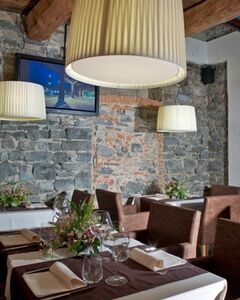
Varenna, characteristic and ancient town located on the eastern shores of Como Lake, it’s right in front of Bellagio and between lake and mountains in an ensemble of unique and striking scenarios. The old village is reachable through steep alleys,...
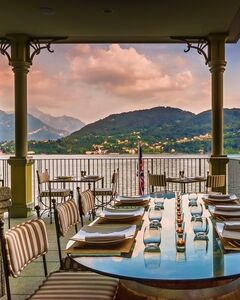
You’ll be inspired by the romantic setting of our “La Terrazza" restaurant, without a shadow of a doubt the most beautiful on Lake Como. We want your dining experience to be exclusive, extra-special and astounding too. In addition, Osvaldo Presazzi...
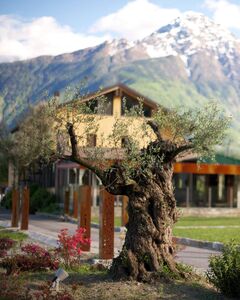
Beccaccino is in the heart of the natural oasis of Pian di Spagna, in front of the river Mera which connects Lake Novate Mezzola to Lake Como. Here nature is still the master of the territory and marks the ancient rhythms of life. The natural...
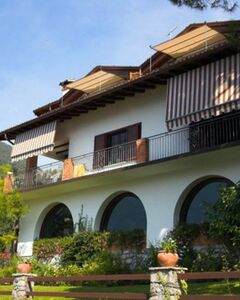
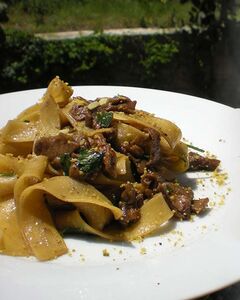
We are in Bologna, a small and typical village just above Varenna. The particular position of the town, set on a mountain with panorama views of the center lake area from Bellagio to Varenna. Our kitchen is typical of Lombardia region with a...
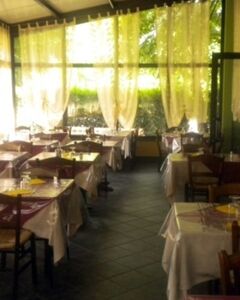
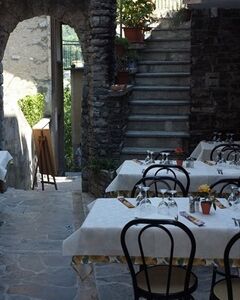
A few kilometers from the evocative setting of Lake Como and a few hundred meters from the Castello di Vezio, the restaurant "il Portichetto", combines the warmth of the welcome offered by the management of the family Greppi, and a rich menu with...
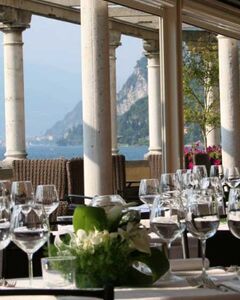
The Sottovento restaurant with its wonderful large terrace faces the lake where it is possible to catch a glimps of Bellagio and the swiss alps beyond. Sottovento is a quite and peaceful location, where you can relax and enjoy only the sound of the...
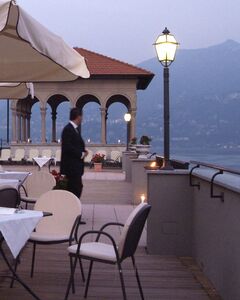
The Greenhouse restaurant (Le Serre), is a panoramic restaurant on the fifth floor; ‘Moonlight Restaurant’, open-air restaurant situated on the panoramic 4th-floor terrace; panoramic ‘The Turrett’, 4th floor panoramic bar, with large solarium; Bar...
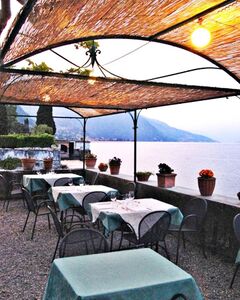
Menu changes every night of the week (and which in turn changes every three or four weeks without recurrence). The customer can only decide whether to take the entire menu (from starter to dessert) or just a dish or two (but always within the menu...

The Albergo Ristorante Gnocchi is housed in an old building located in the heart of historic Cortenova, a beautiful small town framed by the mountains of the Valsassina. The hotel offers its guests 23 rooms.The Gnocchi Restaurant is ideal for...

Our hotel is known by Italian and international clientele for hospitality and service quality. It’s the perfect stop for peace of mind in the mountains of Valsassina. Ideal as a stopover for your summer holiday and as a starting point for mountain...
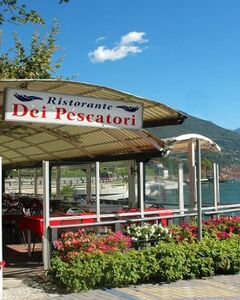
Our clients have a breathtaking view directly onto the Upper Lario basin a splendid open-air terrace. This view also takes in the natural amphitheatre afforded by the surrounding Orobiche and Retiche Alpes mountains. The peacefulness of this...

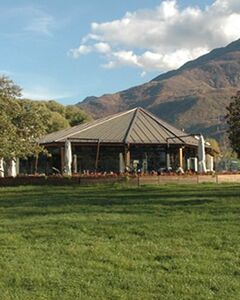

Surrounded by green, set between the gardens of the neoclassical Villa Melzi and the Romanesque Church of St. Mary Silvio’s is the ideal place for a romantic dinner or a quality meal with Family of Friends. Apartments and rooms with great views are...
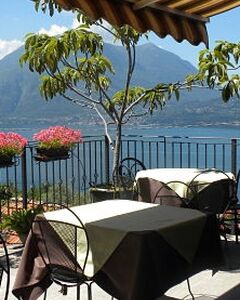

Our restaurant is located in the romantic courtyard at the Antico Pozzo Apartments. Our guests can taste traditional dishes, lakeside specialities and the classical pizza. The menu changes according to the season so that that produce is always fresh...
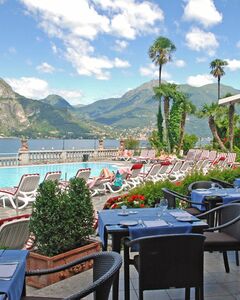
La Goletta is a new restaurant with typical Italian regional cuisine at the Grand Hotel Villa Serbelloni, directed by Chef Ettore Bocchia, a great lover of Mediterranean cuisine and researcher of the highest quality ingredients. The wooden walls and...

The restaurant, reviewed by the best restaurant guides and holder of a star in the Michelin Guide, is directed by chef Ettore Bocchia, who is passionate about Mediterranean cuisine, known for his skill in seeking out ingredients of the highest...

Our type of kitchen is Classic, the old grandmother's recipes that combined with a pinch of creativity become unique dishes, colourful and tasty, especially with an eye to health. We seek to enhance the flavours of foods without overdoing it with...

Discover our history and our kitchen and the possibilities that we have to organize an event in a unique environment in one of the most exclusive locations of ItalyOur buffet, consisting of local products provides several proposals of meats,...

Fine dining and warm hospitality. A multi-award winning Chef Luigi Gandola, and his staff are proud to introduce you to and let you sample the cuisine of Lake Como. From the center of Bellagio you get there on foot, however, a free shuttle service...

The restaurant at Lido di Cadenabbia exudes a romantic and cozy, perfect for a meal with family or friends. Offering spectacular views of Lake Como and Bellagio, the restaurant of the beach is the perfect place to dine and enjoy classic Italian...
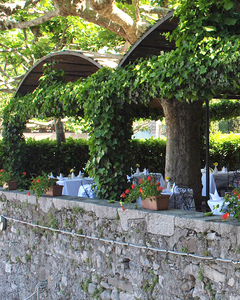
Mediterranean kitchen couples courses with season ingredients, competent technique, originality and careful presentation. We are a few minutes distance from Bellagio old town center, in the wonderful setting of Loppia, ancient fishermen village, and...
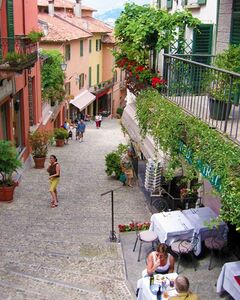
The most characteristic place where to share some good food in Bellagio. Since 1973 when Nonna Pina used to run the Trattoria with her son Edoardo, the place still offers you a piece of Italian tradition for everyone's pocket. The place has the...
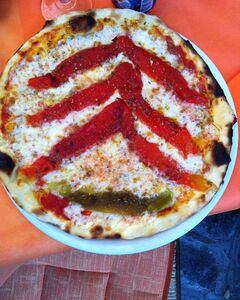
Welcome to Pizzeria Balognett in beautiful Tremezzo, Italy. We celebrate the simple pleasures of authentic Italian home cooking in a welcoming and romantic atmosphere. From wood-oven pizzas to vegetables harvested from our own gardens, we’re proud...
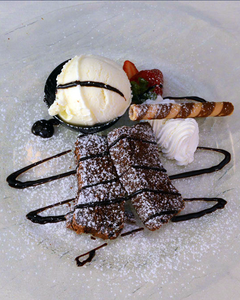
The "Osteria Quatro Pass", quiet and comfortable, is ideal for those who want to have a pleasant romantic moment but also be in the company of family and close friends. An old warehouse transformed into an intimate and refined setting where you can...

To the table! Dinner under the stars and lunch by the pool, the menu changes with the seasons. Traditional dishes and creative cooking, fresh ingredients and our own true flavors. PIZZA FOR ALL TASTES! Wine list is very inviting, good choices and...
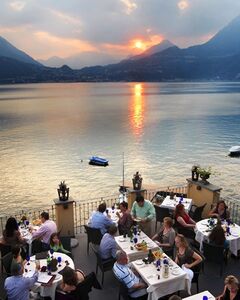
The Albergo Milano is a small gem in the Lake Como area: it is located in the historical center of Varenna, a charming village on the central shore of the lake which has recently become a favourite destination for tourists from all over the world....
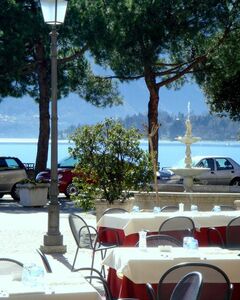

Well reviewed but small restaurant in Varenna, so be sure to get reservations. Serves locally sourced ingredients made fresh before your eyes....

A hidden gem located near Perledo, serving authentic Italian food for many generations. Consistently well reviewed and fondly remembered as a highlight by many a visitor. For some years now we’ve been offering this novel and interesting opportunity,...
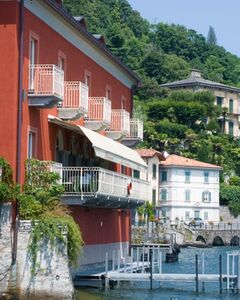
This restaurant with view on Lake Como is one of the few places where you can enjoy the flavors of the Lake Como cuisine revisited with real mastery. The Restaurant La Darsena has a wonderful view on the Bellagio promontory and on the Grigne thanks...

Welcome to our family run restaurant since 1965, when it was inaugurated by Ostinelli Antonio and Beatrice. The restaurant is located on the famous Salita Serbelloni also known as the "Ditch" a time of the ancient town boundary. Bilacus in Latin...
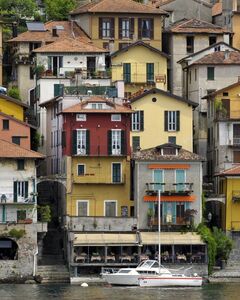
The restaurant Vecchia Varenna, located in the historic part of town, has a terrace surrounded by the waters of Lake Como. The premises of the 1400s, now used as a restaurant, were home to an ancient laboratory of black marble of Varenna. It is...
Designed by architect Cesare Cattaneo and painter Mario Radice in 1935. It is a complex construction of circular elements whose harmonious composition consists of four spheres arranged on each other with alternate horizontal rings. Originally...
Located in Montepiatto, a village high above Torno with great hiking trails and equally fantastic views of the lake is the "Stone pendula", boulder resting on a pedestal. This boulder with its base has the appearance of a mushroom. It is thought...
A series of modern frescoes (2007) painted on houses in the town of Taceno that endeavour to preserve traditions, legends and history of craftsmanship and commercial work. Unlike their counterparts in Parlasco that recount the legend of Lasco the...
Geological formations resembling mushrooms created when water running off the slopes was diverted by large boulders. The boulders imposing size and weight protected the underlying material from erosion and gave rise to the characteristic shape of a...
It’s a boulder of pyramidal shape that owes its curious name to a crescent engraved on one side, of natural origin, accompanied by the letters PLDB (Moon Stone of Bellagio) and the date 1782, which commemorates the end of a period of dispute between...
Monument to the fallen of World War I, designed in 1926 by architect Giuseppe Terragni and built between 1928 and 1931. It consists of a long stone staircase and river pebbles surrounded by cypress trees. The staircase consists of four flights and...
Monument to commemorate the victims of World War II and resistance movements. The monument is a project of Milan sculptor Gianni Colombo. It is located in a park by the lake. It combines stones from Nazi concentration camps and city of Hiroshima...
Daniel Libeskind created this dazzling 16.5 meter (54 feet) high stainless steel sculpture near Piazza Cavour, Como. The public monument, the first contemporary work ever to be installed in Como, is an homage to famed scientist Alexander Volta who...
The burial town where Alessandro Volta is buried was originally called Camnago, and took the name of Camnago Volta in 1863 in honour of this great scientist. The mausoleum, a temple of neoclassic style, was finished in 1831, decorated with statues...
Parlasco is one of the smallest Italian towns located in the Regional Park of the Northern Grigna in Valsassina. It is on the main road connecting Lake Lecco to Valsassina and joins Alpe Cainallo with Cortenova. Myth and reality are perfectly mixed...
Born in Como, Alessandro Giuseppe Antonio Anastasio Volta was an Italian physicist credited with the invention of the first electrical battery, the Voltaic pile, which he invented in 1799. With this invention Volta proved that electricity could be...
In the centre of the ancient village Palanzo, situated in the hills and part of the commune of Faggeto Lario, there is an enormous wine press of the 17th century. It is made to work during the annual feast called Sagra del Torchio in October. It was...
Immediately after the death of Alessandro Manzoni on May 22, 1873, the City Council of Lecco met and approved a monument to the writer that had given so much prestige to the city. The committee, headed by Antonio Stoppani, collected donations for...
Located in a churchyard, this statue represents a man in the act of throwing a large stone. The monument reminds locals of a battle in Libya in which alpinists of Brienno fought. The battalion Morbegno, all composed of soldiers from the lake area,...
Sculpture dedicated to disabled service people. Roughly translation on the plaque goes like this: "One hand is actively serving the country in defense of institutional values. The other hand is wounded in the line of duty." The monument is the most...
At the entrance to Laglio's cemetery is a curious pyramidal tomb containing the mortal remains of prestigious doctor Joseph Frank. Born in 1771 Frank was a student of physics and medicine in Pavia. He was a pupil of Alessandro Volta, of whom he...
In 1931, Giuseppe Terragni and his brother were asked by the fascists to design a monument for the victims of World War I. Their design was based on a sketch of the Italian futurist Antonio Sant'Elia, whose sketches showed modernity, dynamics and...
The Volta Lighthouse stands on a hill in San Maurizio, 150 metres above Brunate. From Brunate you can follow a walking path up to the lighthouse and it takes less than 30 minutes to walk there. You can pay an admission and climb to the top of the...
Here, a black cross marks the spot where Benito Mussolini was shot and killed (along with his lover Claretta Petacci) by partisans, marking the last stand of the Fascist dictator's rule over Italy. Actually, he wasn't really the ruler of Italy at...
